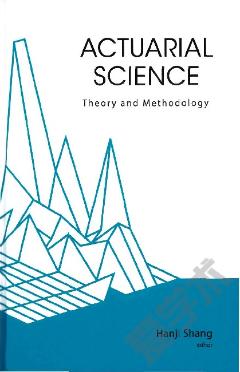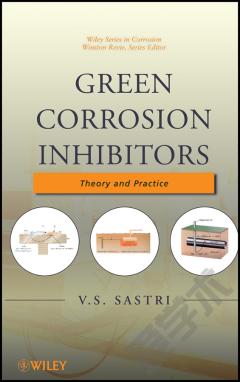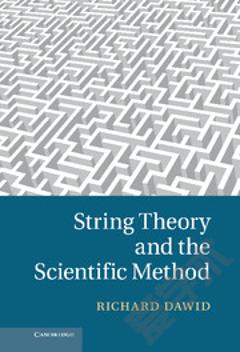Phenomena and Theories in Corrosion Science, Methods of Prevention
This handbook is about the theory, phenomenon, and the most up-to-date research on corrosion science, written by accomplished, internationally revered scientists, and engineers in their fields. It features numerous illustrations, with experimental data based on original research, with figures that summarise the researchers’ achievements, examples, and case studies. The material originates from both international literature from leading research groups, and proprietary results from the authors. The text is intended for college and university students working toward their B.Sc. and M.Sc. degrees, as well as those who plan to pursue further training or post-graduate study, and perform high-quality research. This compilation with seven chapters is perfect for those new to the study of corrosion science, as it will acquaint the reader with many basic and necessary terms. There are many examples of remarkable findings and recognised standard practices from engineers in the related industry. Three main topics are covered in this material: aluminium and titanium alloys, thin films and composite coatings, as well as microbially influenced corrosion. If anyone finds it difficult to differentiate the multiple phenomenon associated with corrosion studies, including understanding the general terms, or defining reasons for using specific investigation methods, then this publication will become a great resource. After reading this compilation, the reader will recognize many of the corrosion phenomenon present in both every day and professional life, including identifying their root-causes, proposing investigation methods to obtain further knowledge, and gaining the ability to identify measures to remediate integrity failures. The editor has worked in various fields of chemistry and has authored one of the most read and downloaded papers on the subjects of corrosion protection with graphene films and graphene based composite coatings, as well as zinc-rich paint coatings containing alumina-carrier based core-shell type nano-sized particles, combined with both physically modified or chemically functionalised multi-walled carbon nanotubes, which was based on his own research. The editor wishes all readers to have an instructive, useful, and enjoyable experience while reading these chapters.
{{comment.content}}








 京公网安备 11010802027623号
京公网安备 11010802027623号